Underfloor heating (UFH) is a modern, energy-efficient way to heat your home. Whether you're building a new property or upgrading an existing one, one of the key decisions you'll face is how to install your UFH system: should you opt for underfloor heating boards or traditional screed?
Both methods have their advantages and are suited to different types of projects.
In this blog, we’ll explore the differences between the two systems and help you decide which is best for your space.
What Are the Main Differences Between UFH Boards and Traditional Screeds?
Underfloor heating boards are significantly quicker and easier to install. Since they do not require drying time, the process is clean, rapid, and often suitable for DIY projects. This makes them ideal for renovations where speed and simplicity are essential.
Traditional screed systems, on the other hand, involve mixing, pouring, levelling, and curing—which can take several days or even weeks, depending on the type of screed.
It’s a more involved process and typically requires professional installation. If your project is on a tight schedule or you want minimal disruption, heating boards are the preferable choice.
Which Is Easier and Quicker to Install: UFH Boards or Screed?
Under floor heating boards are pre-formed panels that typically feature grooves for pipes and insulation to direct heat upwards. These boards are lightweight, easy to install, and ideal for projects with space limitations or tight deadlines.
Traditional screed, by contrast, involves laying UFH pipes onto a subfloor and covering them with a wet mix of cement or anhydrite screed. This forms a dense, solid layer that acts as a thermal mass, storing and releasing heat over time.
The primary differences lie in installation style, drying time, thickness, and weight. Boards are part of a dry-fit system with minimal disruption, whereas screed requires more time, preparation, and curing before final flooring can be laid.
How Does Floor Height Affect the Decision?
Floor build-up is a crucial consideration in any heating project. Heating boards are thinner and designed to add minimal height to your floors, making them ideal for retrofits or properties where maintaining existing floor levels is important. Traditional screed requires more depth—typically around 50 to 75mm—which can raise floor levels significantly.
This may not be a problem in new builds where floor heights can be designed accordingly, but in existing properties, it could create issues with door thresholds, stairs, and ceiling clearance. If you’re working with limited build-up height, heating boards are the more practical option.
Are Underfloor Heating Boards More Energy-Efficient Than Screed Systems?
Both systems are highly energy-efficient, but they operate differently. Heating boards usually include built-in
insulation to reduce downward heat loss and ensure warmth rises directly into the room. Since the pipes sit closer to the surface, the system heats up faster—ideal for homes where heating needs fluctuate throughout the day.
Screed systems take longer to warm up due to the thermal mass, but they retain heat for longer once warmed. This makes them more efficient in homes with a consistent, steady heating schedule. If you’re after a quick-response system compatible with smart or programmable thermostats, UFH boards are an excellent choice. For continuous background heating, screed systems are more efficient.
Which Is Better for Retrofits?
For retrofit projects, underfloor heating boards are generally the better choice. They’re lightweight, slim, and easy to install with minimal changes to existing floors. Often, they can be fitted directly over existing flooring with little preparation. Screed systems are more invasive, typically requiring the removal of existing floors, adjustment of floor heights, and waiting for the screed to cure before final floor finishes can be applied.
This adds time, cost, and disruption to retrofit projects. If you’re upgrading an older property or working room-by-room, heating boards are by far the more practical and efficient solution.
Is Traditional Screed More Durable Than Underfloor Heating Boards?
Screed is robust and durable, especially in high-traffic areas like commercial premises or garages. However, for standard residential use,
UFH boards are more than adequate—particularly when combined with the right floor finish (such as tile, laminate, or engineered wood).
For most homes, there’s no noticeable difference in durability. Plus, UFH boards offer added flexibility and are less prone to cracking over time compared to screed.
Cost Differences Between Heating Boards and Screed Installations
The total cost depends on factors such as project size, location, and materials, but general trends can be noted: Heating boards usually have a higher upfront material cost. However, they’re faster to install and don’t require curing time, which reduces labour costs and potential delays. Traditional screed is typically cheaper in terms of raw materials but takes longer and requires skilled trades for installation.
The extended drying time can also cause delays, especially on time-sensitive projects. In renovation scenarios, UFH boards often prove more cost-effective overall, thanks to the savings on time and labour. In large new-builds where time isn’t a constraint, screed might be the more economical option.
Does Screed Retain Heat Better?
Yes—screed systems are superior when it comes to heat retention. The thermal mass of the screed layer absorbs and stores heat, gradually releasing it over time. This is particularly advantageous in homes where heating runs continuously or where steady background warmth is desired. Heating boards, while quicker to warm up, also cool down more rapidly.
They’re more responsive but provide less residual warmth once switched off. So, if heat retention and long-lasting warmth are your priority, screed is the better option. If you need fast, on-demand heating with precise control, boards are the way to go.
How Do I Choose the Right UFH Method for My Home or Renovation Project?
To make the right choice, consider your specific project needs:
- If you’re working on a renovation or retrofit—particularly in an occupied home—underfloor heating boards offer faster installation and less disruption.
- For new builds, or where floor height and drying time can be managed, traditional screed may provide better durability and long-term heat performance.
- If installing UFH on upper floors or timber joists, heating boards are more structurally appropriate.
- If you want quicker warm-up times and compatibility with smart heating systems, UFH boards are ideal.
- For consistent, background heating, screed delivers more stable, long-lasting warmth.
Ultimately, both systems are effective—the right choice depends on how your home is built and how you intend to use your heating. Screed remains popular for large, newly built, or constantly heated spaces. But for most homeowners, underfloor heating boards are the clear winner in terms of flexibility, performance, and convenience.
Conclusion
Underfloor heating boards have rapidly become the preferred choice for modern heating systems. They’re easier to install, energy-efficient, retrofit-friendly, and suitable for all levels of your home. Whether you’re upgrading a single room or planning a full home
UFH system, heating boards deliver the control, comfort, and efficiency today’s homes require.

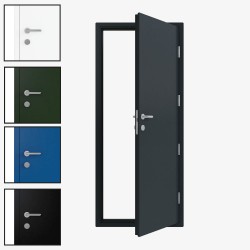
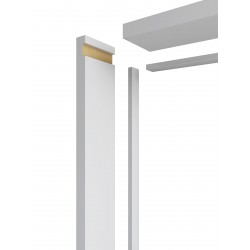
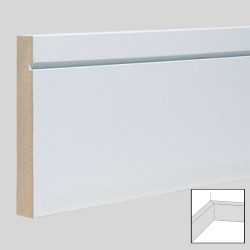
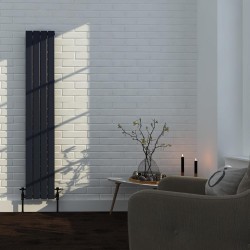
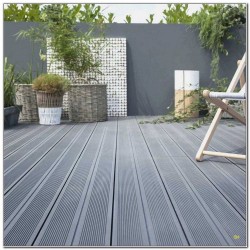
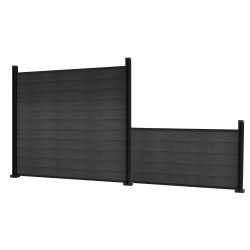
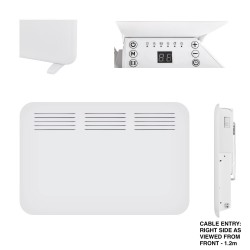
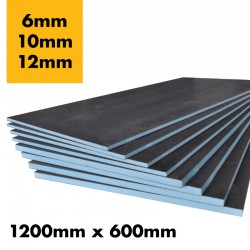
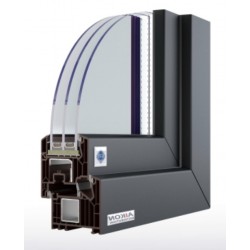
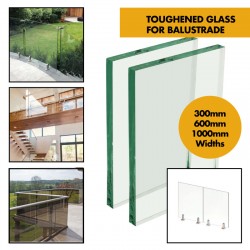
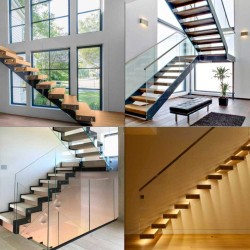
-main-250x250.jpg)
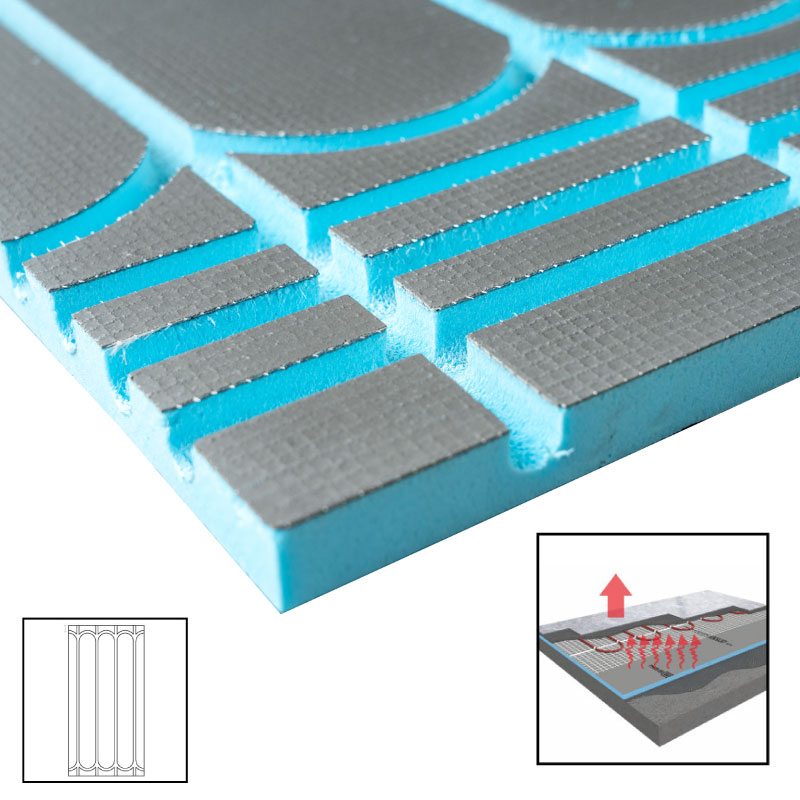
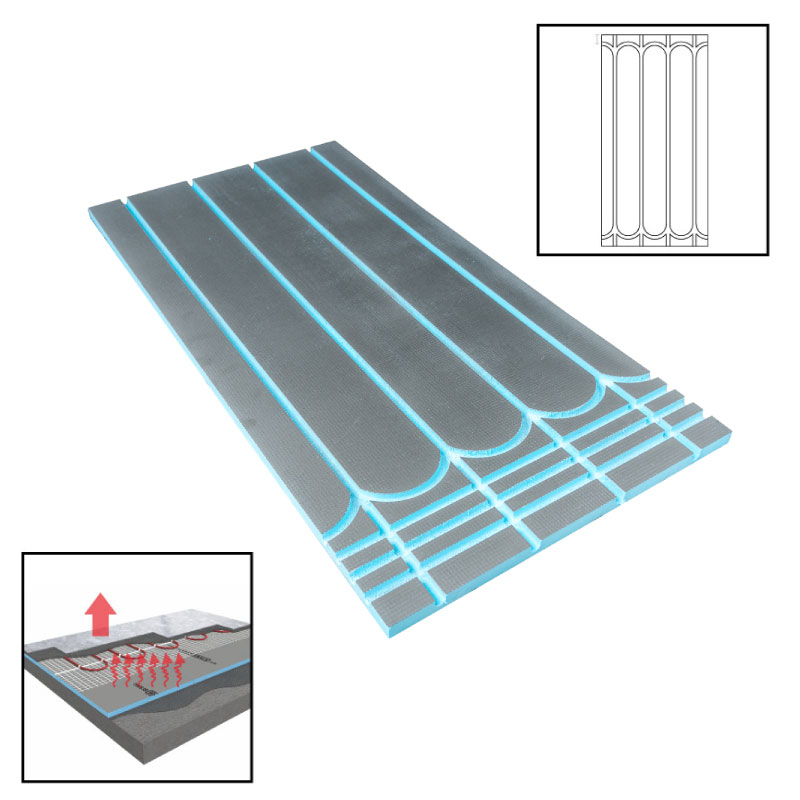
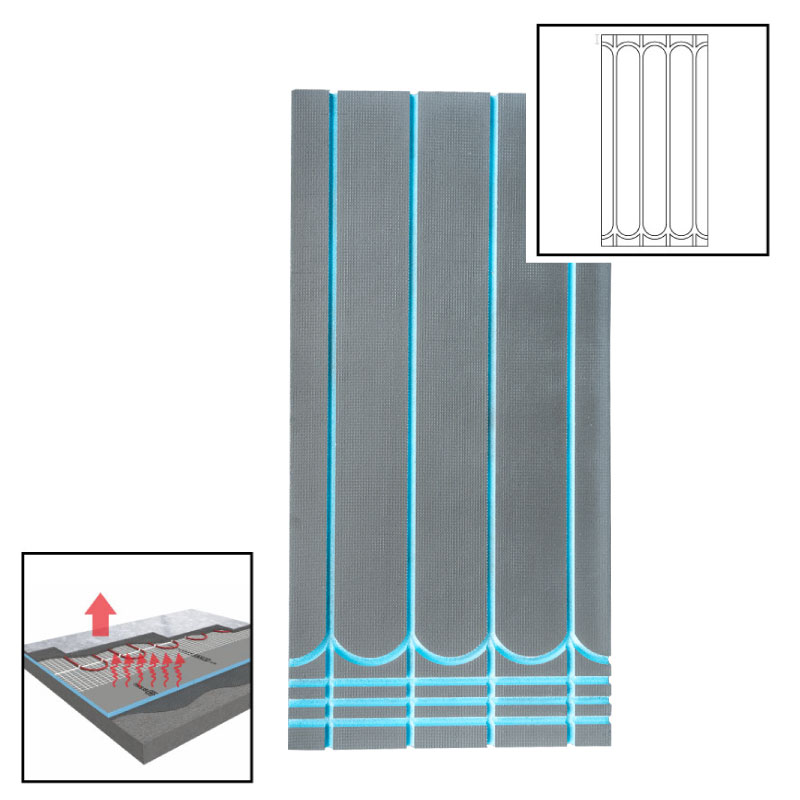


7 Comment(s)
1
1
1
1
1
1
1
1
1
1
1
1
1
1
1
1
1
1
1
1
1
1
1
1
1
1
1
1
1
1
1
1
1
1
1
Leave a Comment